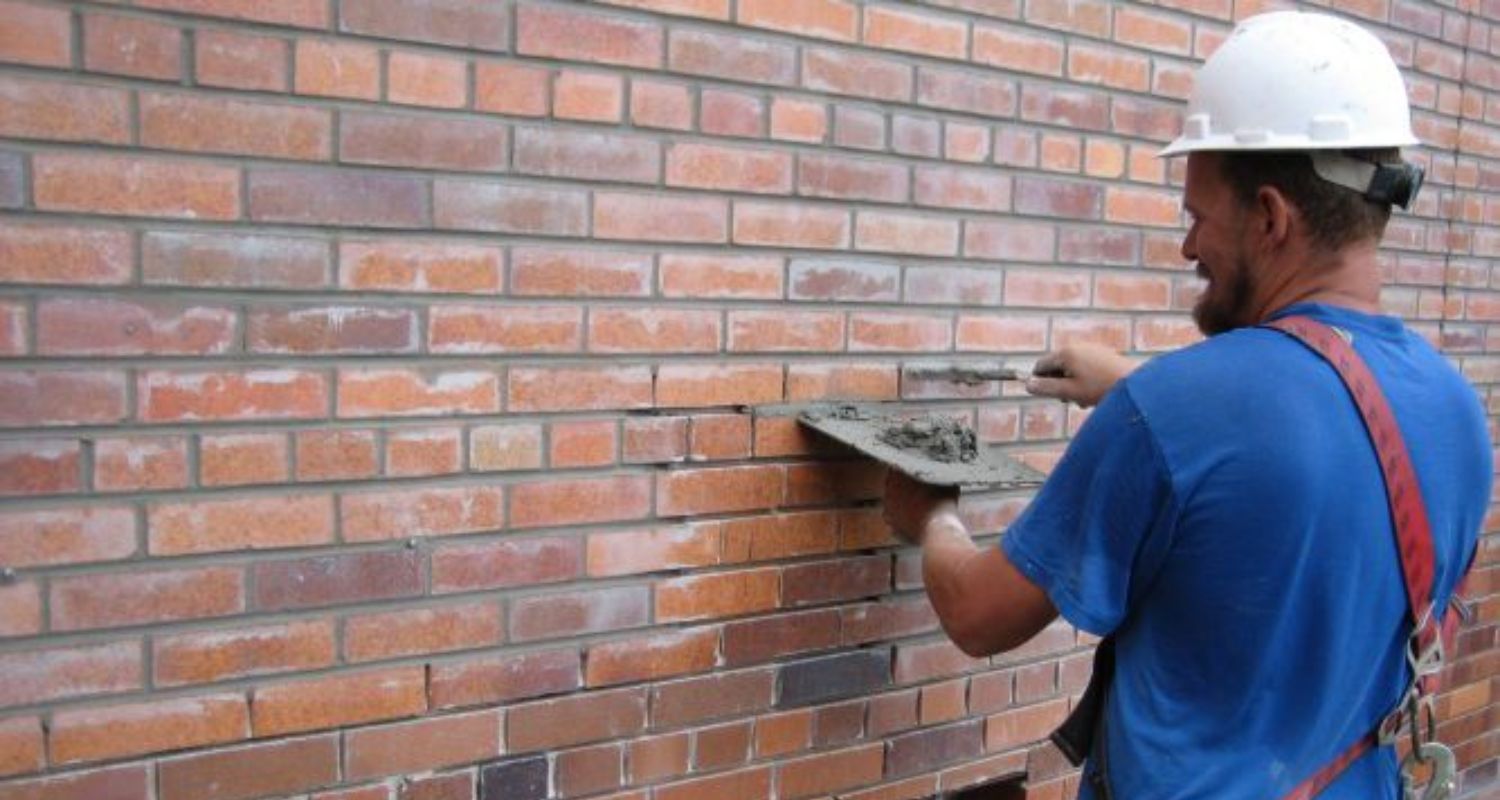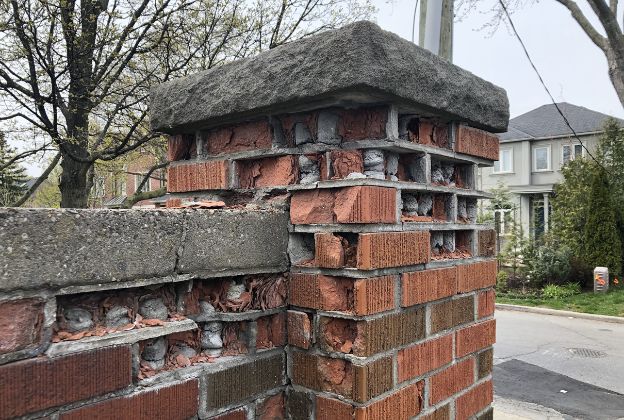

Brick Re-pointing/Tuckpointing
Mortar allows us to build walls out of imperfectly shaped building material. It is what separates and bonds brick and stone to each other. It serves as a sacrificial fail safe for when any movement in your building occurs. It works in tandem with the masonry and reacts in unison to water and temperature change. As a well established rule of thumb, the mortar should always be weaker than the masonry and it should be more permeable. The mortar should deteriorate before the brick or stone. If someone tells you otherwise be wary.
The main vehicle of deterioration is water. Water will breakdown masonry by process of freeze thaw and salt attack. Water is lazy and will always take the path of less resistance and energy so to speak. Masonry is made up of pores. You want the path of less resistance to be through the sacrificial mortar. Without getting too technical the pore size of an appropriate mortar will be bigger than that of the brick or stone but not too big. If water is drawn out of the brick and stone, and into the mortar joint then the mortar joint will receive most of the freeze thaw and salt damage. When you see a wall with deep recessed mortar joints that means the mortar done it’s job and should be repainted with a mortar of similar permeability.
If a harder mortar is used in re-pointing, the bricks and stone will be the path of less resistance leaving the masonry doomed to deal with the damaging effects of freeze thaw and salt attack. Replacing brick and stone is more costly to deal with. You never want someone to re-point your home with the incorrect mortar. When approaching a job, first we analyse the existing mortar of the building. We look at the colour, the aggregate, the finish of the joint and determine if it is a lime or portland/lime mortar. We then carefully remove deteriorated and poorly executed mortar joints followed by the application of historically accurate, matching mortar using traditional techniques and tools.
© Copyright 2003-2024 Stone Age Repointing & Restoration | All rights reserved.